LOCATION: Found throughout North and South Islands, mainly on forest margins.
DESCRIPTION: Grows larger than mānuka to which it is not as closely related as you might think. Has one burst of flowering each year while mānuka will produce flowers over a much longer period. Kānuka acts as a nursery crop for other trees such as podocarps and being light demanding, it is eventually replaced by these species.
CULTURE: Kānuka’s long, straight trunks were used for palisades. It was also the most favoured wood for the making of agricultural implements – mainly different types of digging sticks called ‘ko’. Another important use was for weapons such as taiaha, tewhatewha and koikoi (a double pointed spear).
RONGOĀ: Medicinally the leaves can be used to make a ”tea” which, when strong, can cause vomiting, and when weak it can be a replacement for conventional tea. The shoots and capsules when chewed will relieve dysentery while the inner bark can be boiled and used as a mouthwash and to treat mouth and eye troubles.(Tane’s Trees)
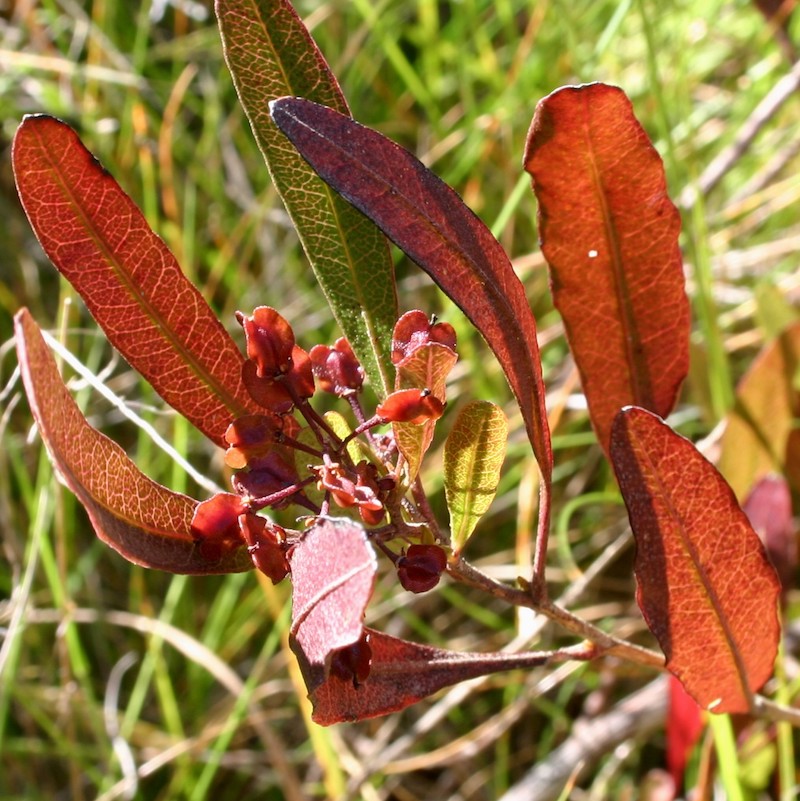 Mike Lusk
Mike Lusk Five times winner of the prestigious international green space award.
Five times winner of the prestigious international green space award.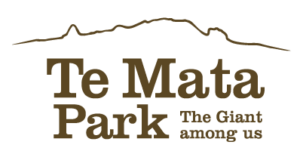
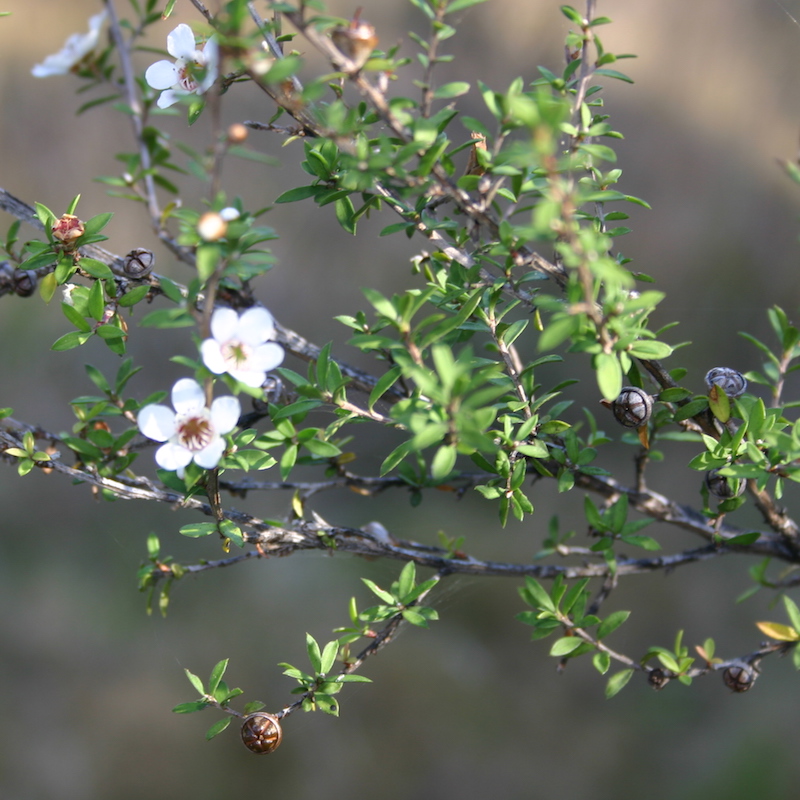
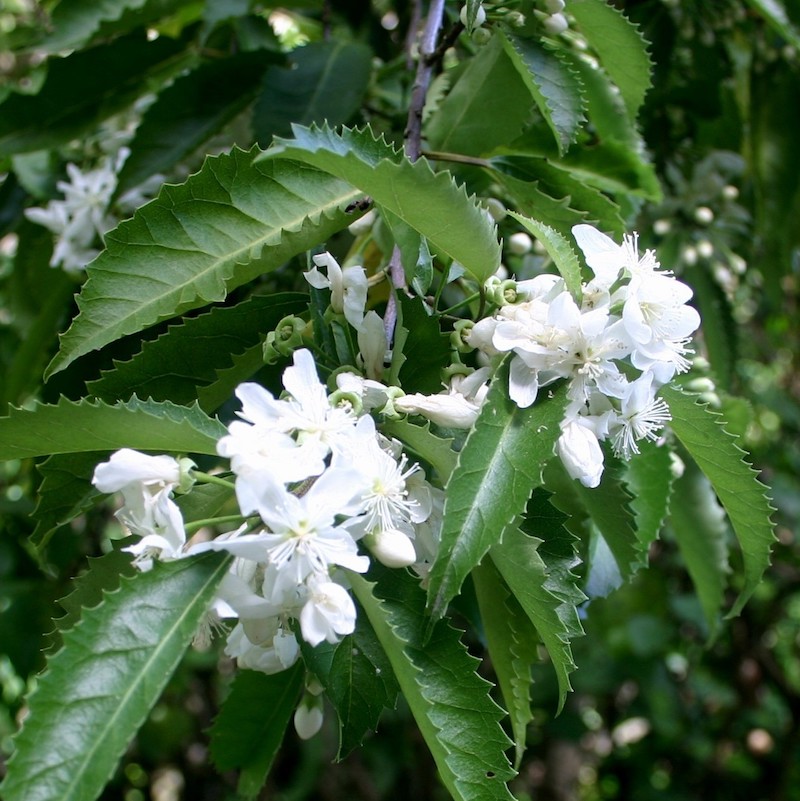 Source: Mike Lusk
Source: Mike Lusk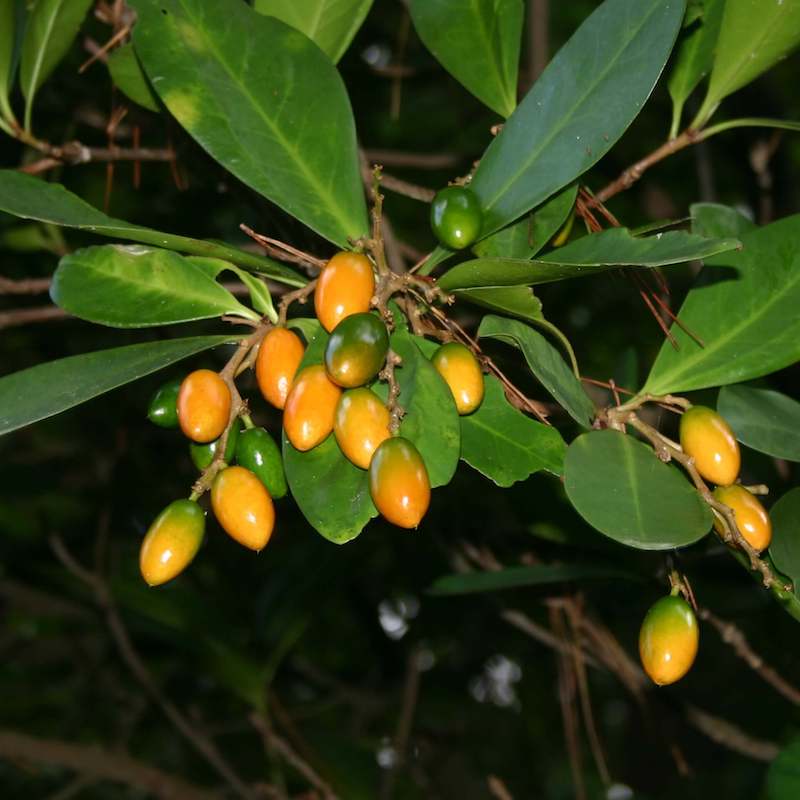 Source: Mike Lusk
Source: Mike Lusk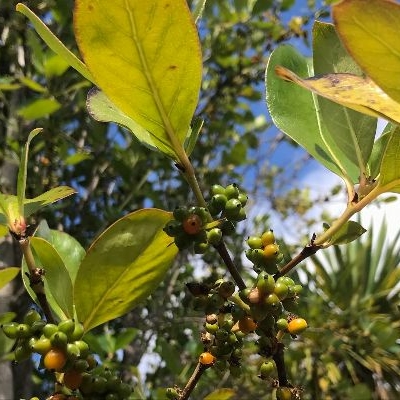
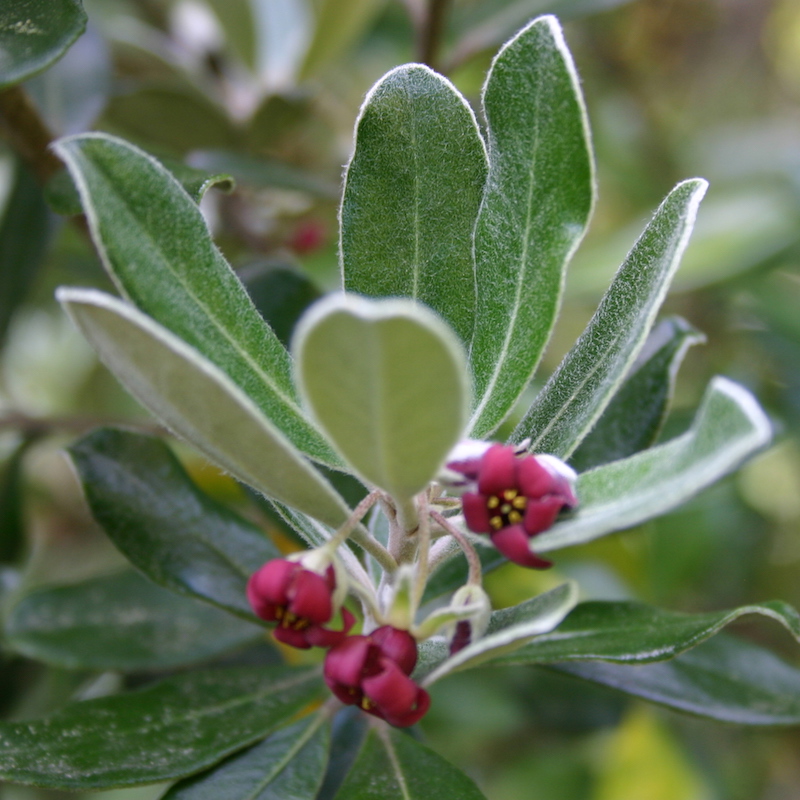 Mike Lusk
Mike Lusk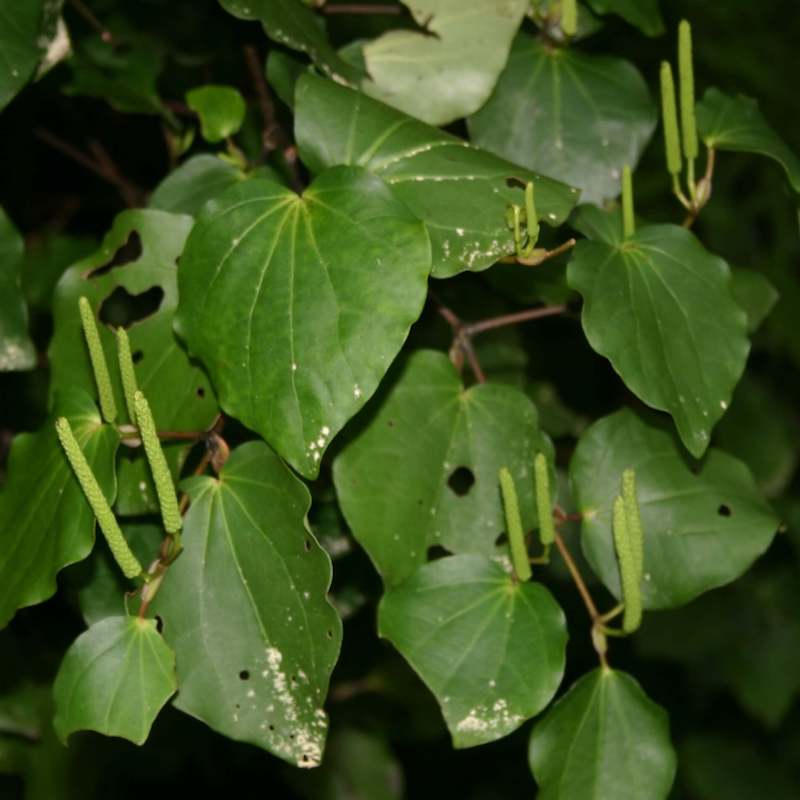 Source: Mike Lusk
Source: Mike Lusk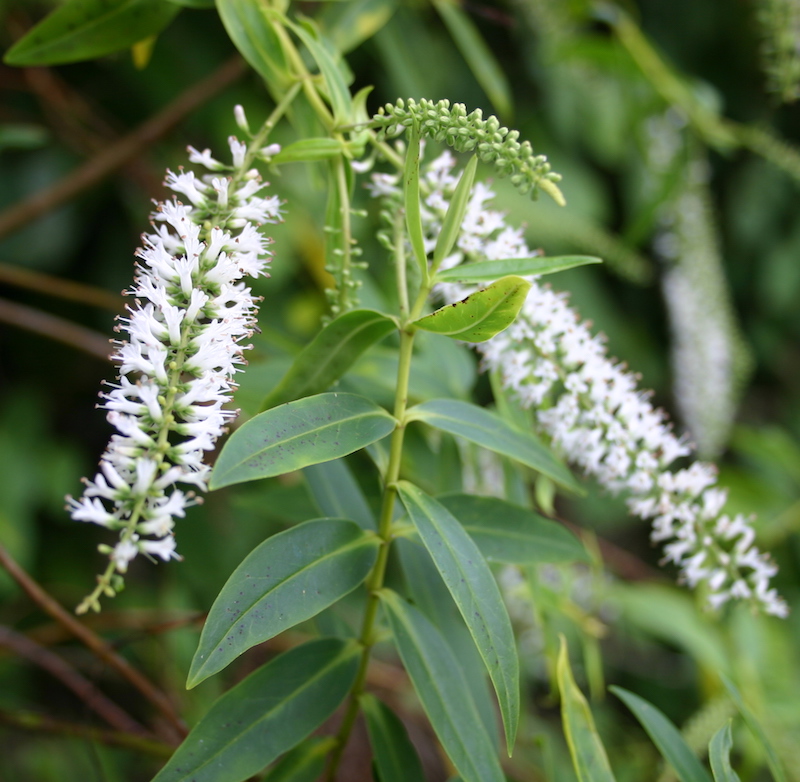 Source: Mike Lusk
Source: Mike Lusk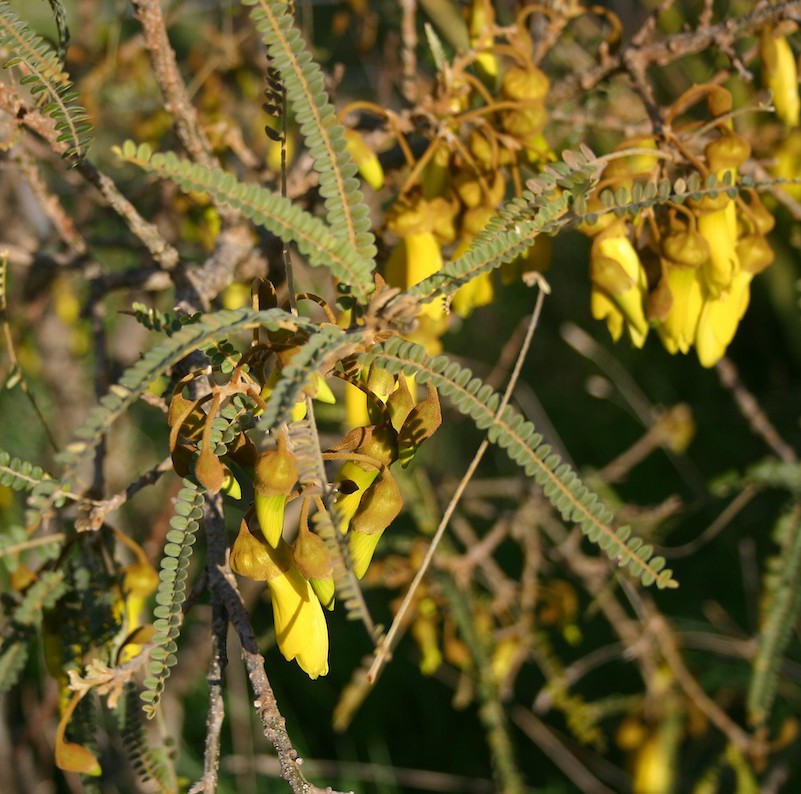 Source: Mike Lusk
Source: Mike Lusk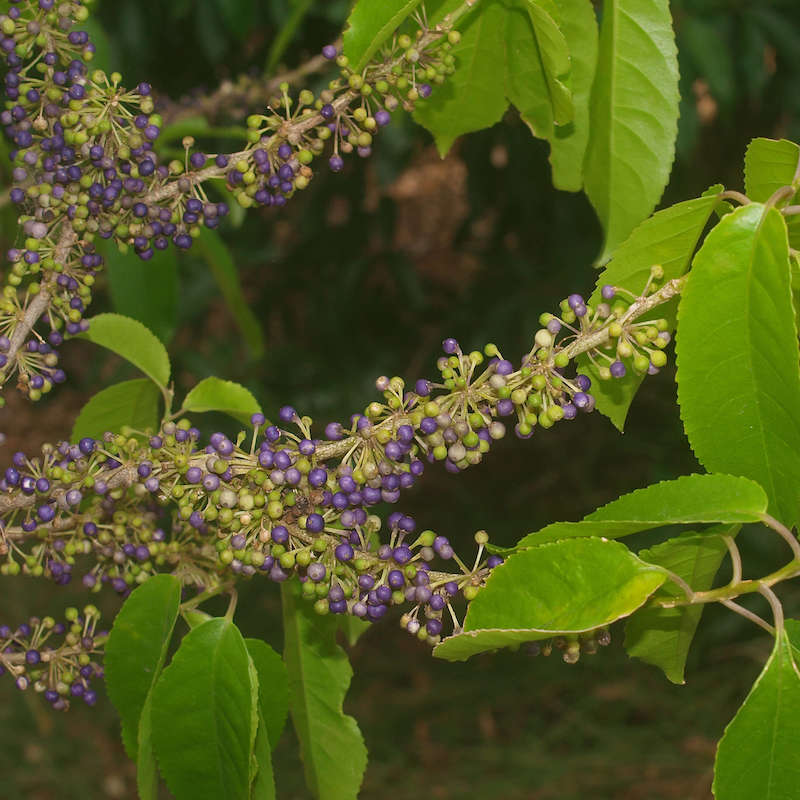 Source: Mike Lusk
Source: Mike Lusk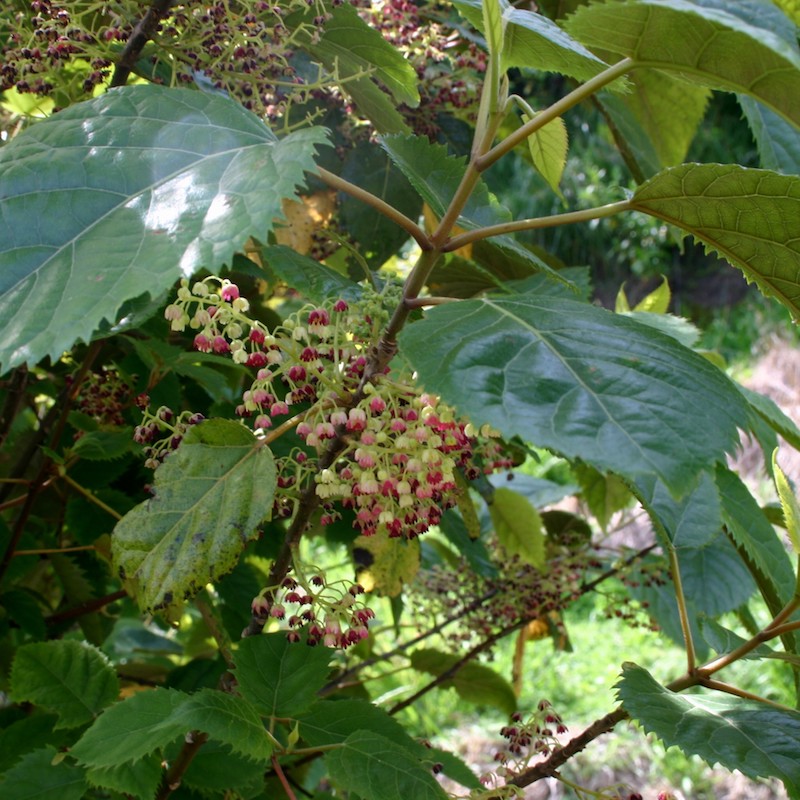 Mike Lusk
Mike Lusk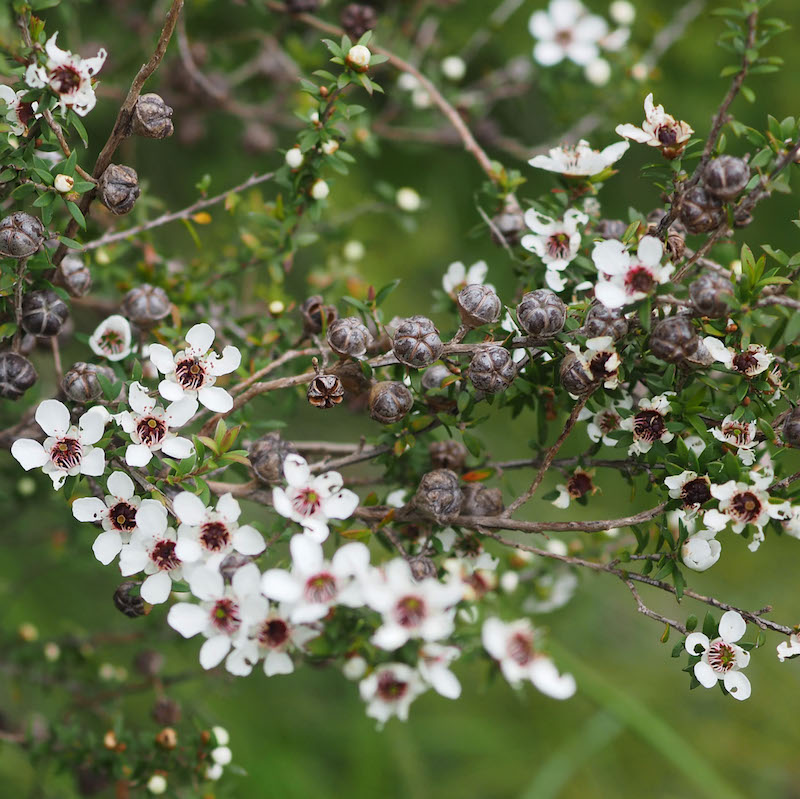 Source Mike Lusk
Source Mike Lusk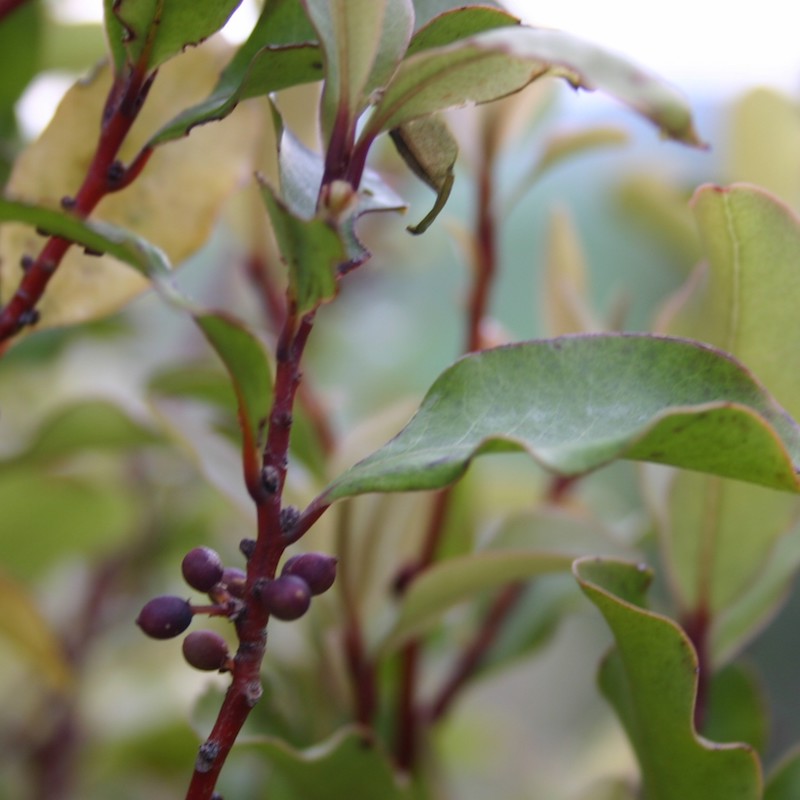
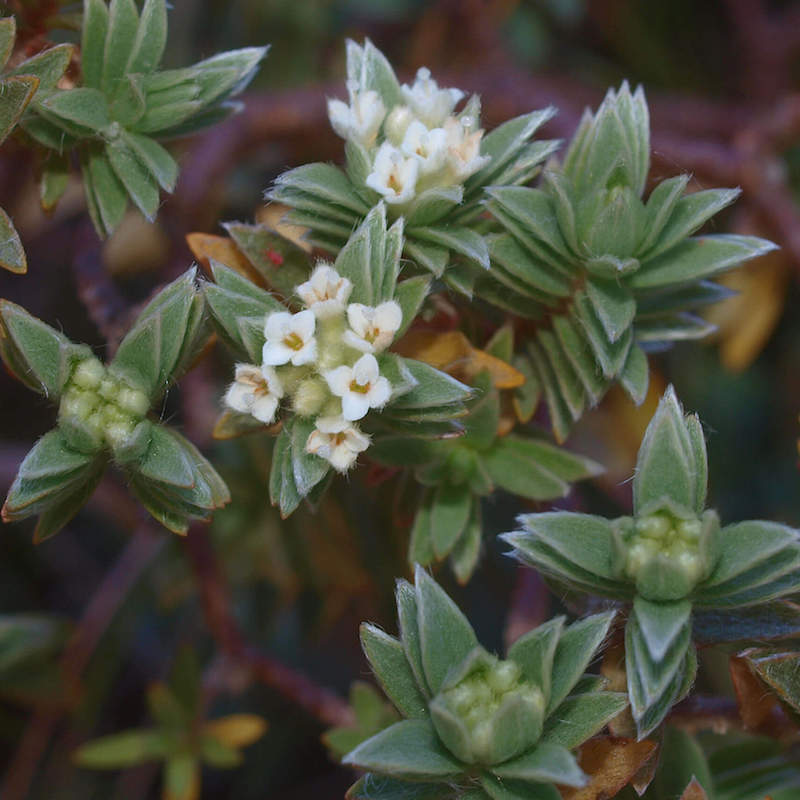 Source: Mike Lusk
Source: Mike Lusk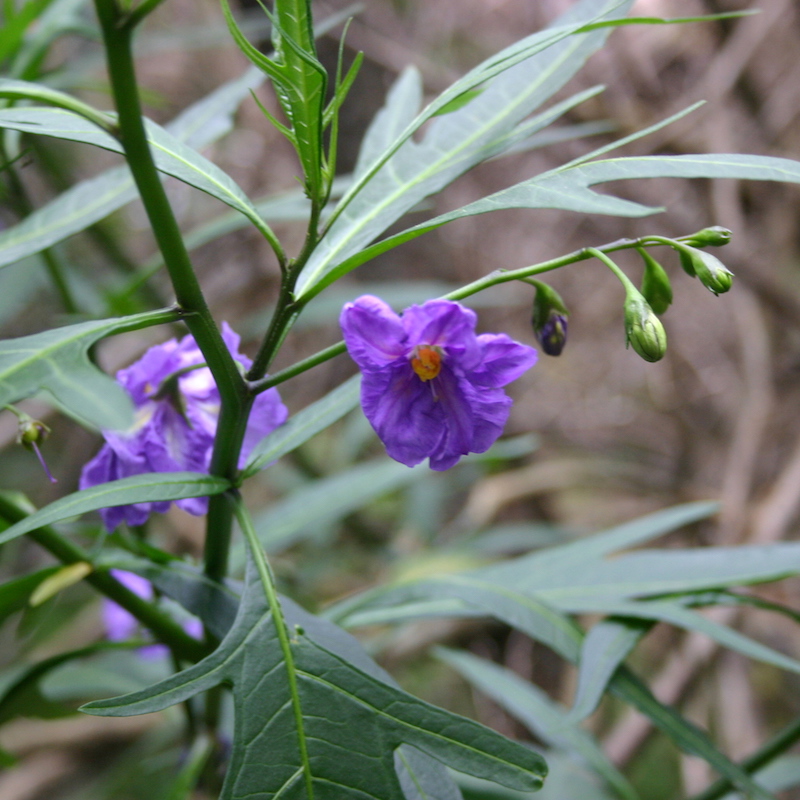
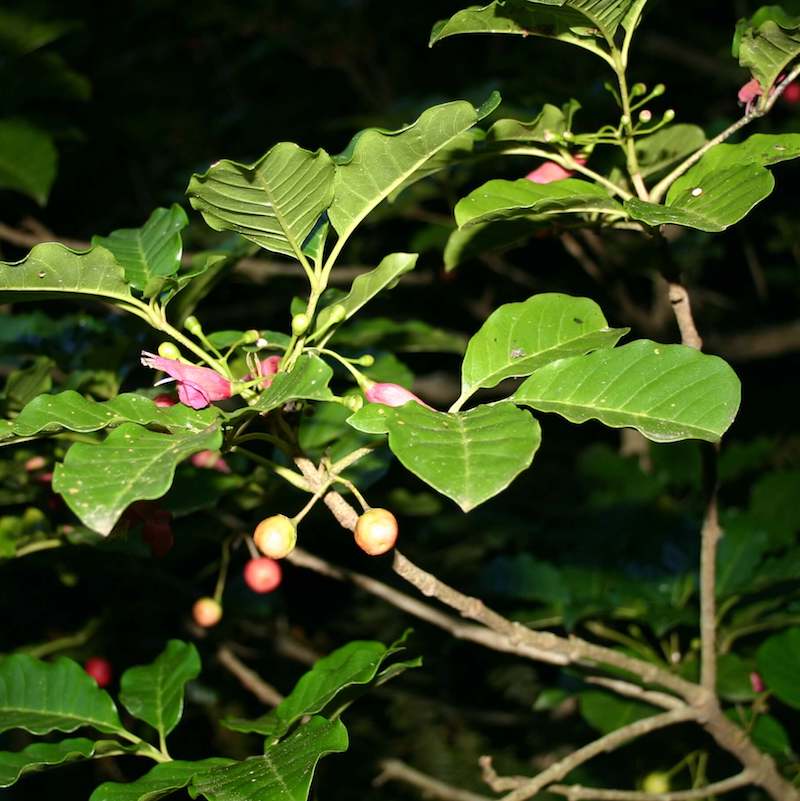 Source: Mike Lusk
Source: Mike Lusk
 Source Mike Lusk
Source Mike Lusk Source Mike Lusk
Source Mike Lusk